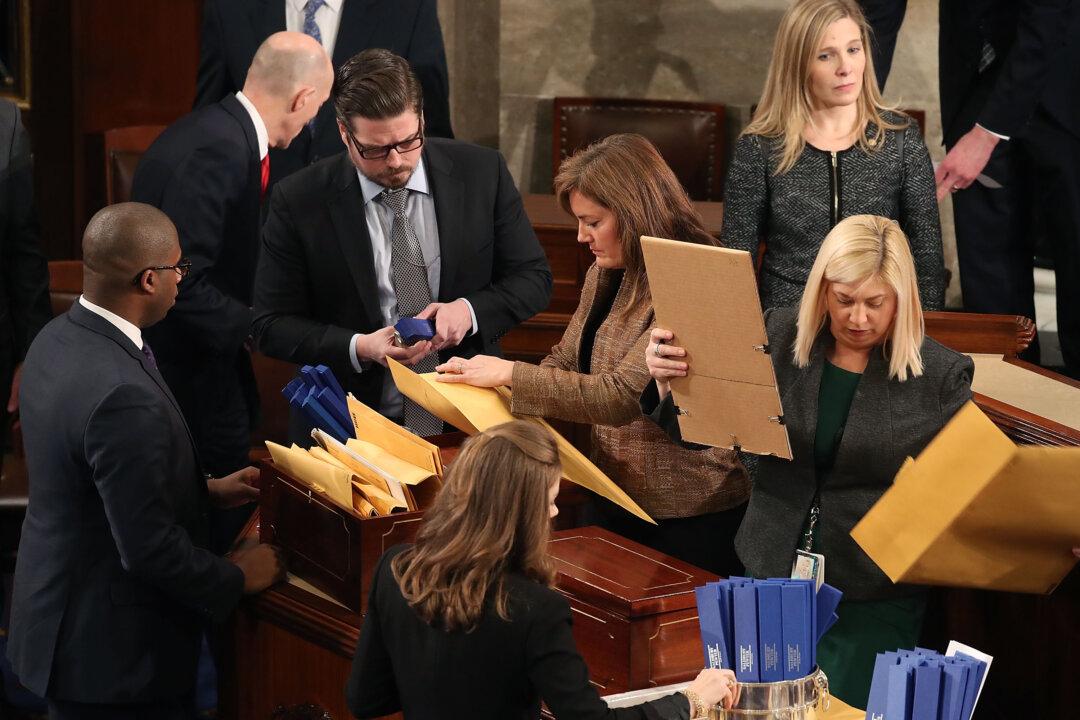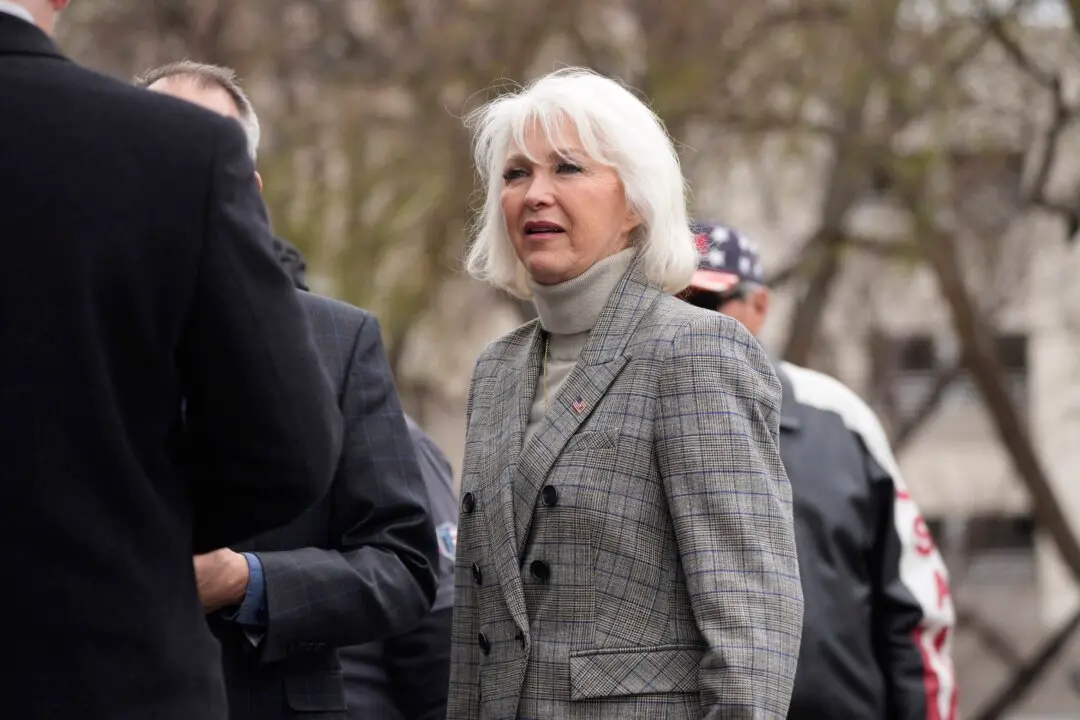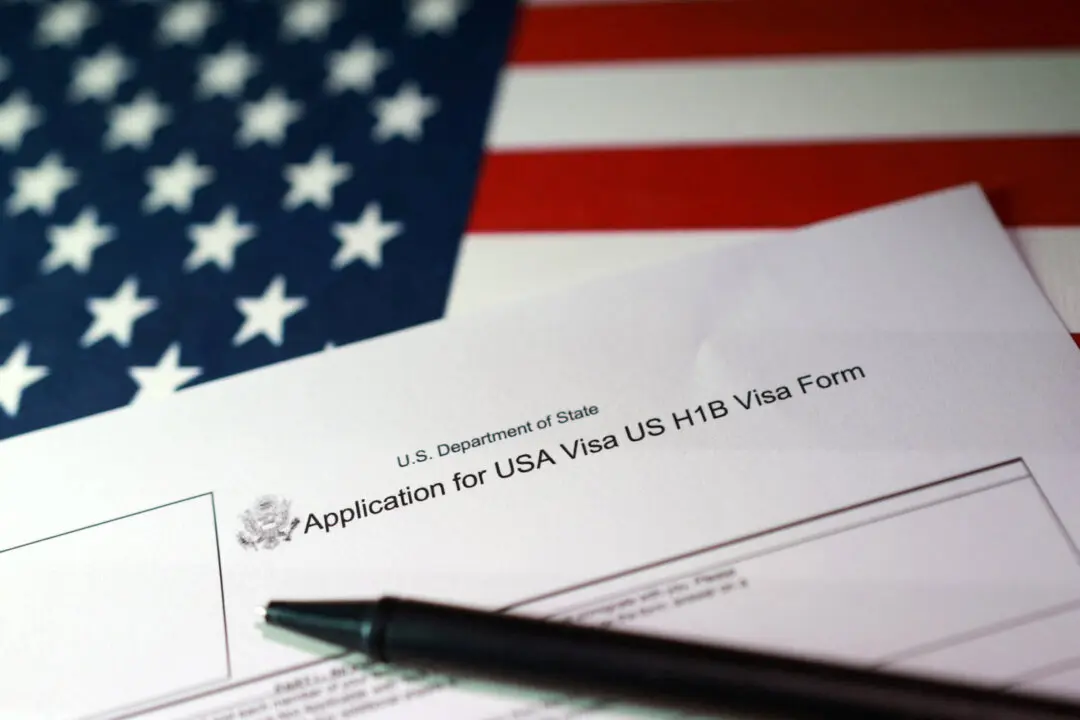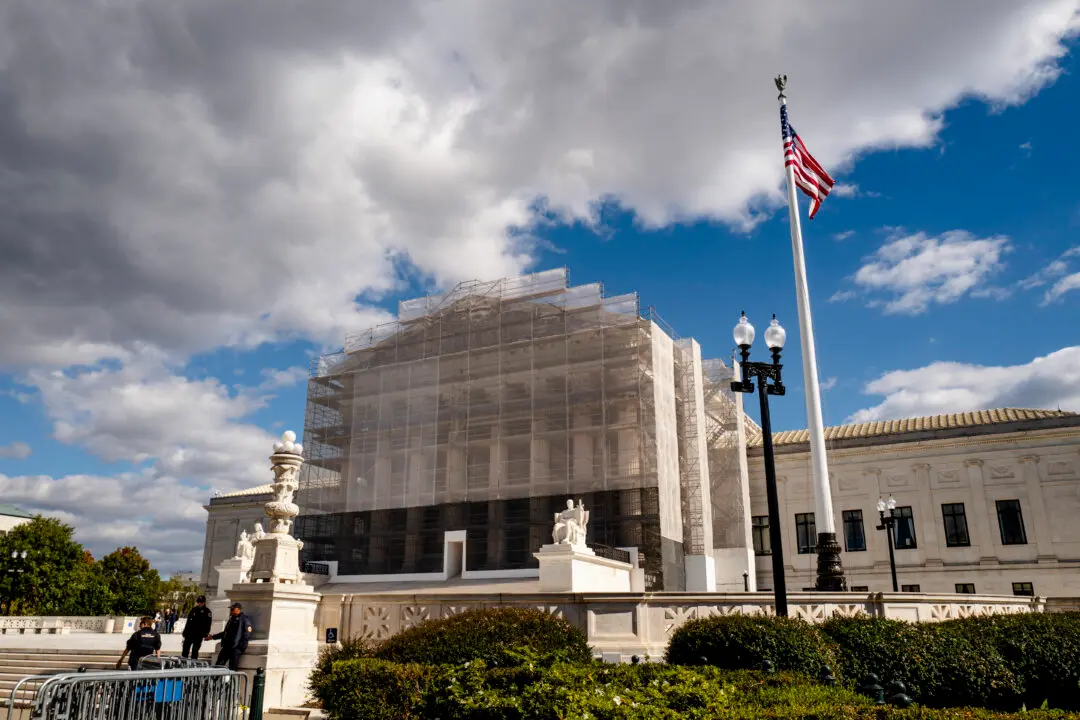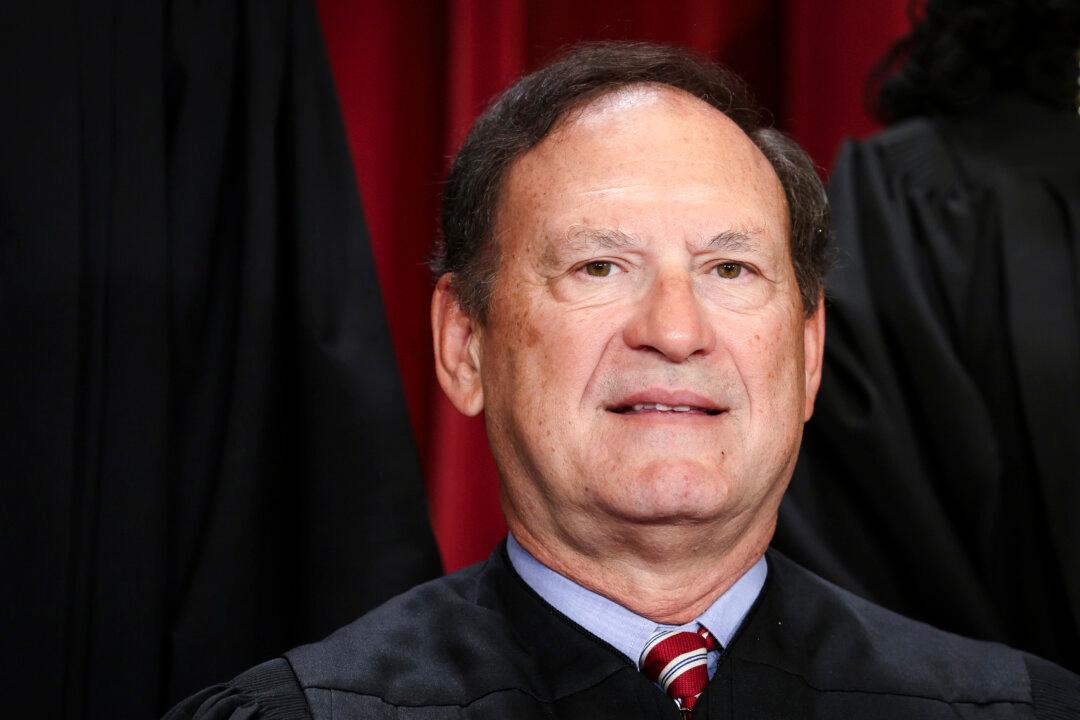National elections in which the candidate who wins the most electoral votes and becomes president despite losing the popular vote, as what happened in the 2016 matchup between Republican Donald Trump and Democrat Hillary Clinton, are likely to happen again when the two candidates are separated by small margins in the popular vote count, according to a new study.
The findings are likely to amplify calls on the left to abolish the Electoral College system prescribed by the Constitution, or to change how it works through the National Popular Vote Interstate Compact that is working its way through state legislatures.
